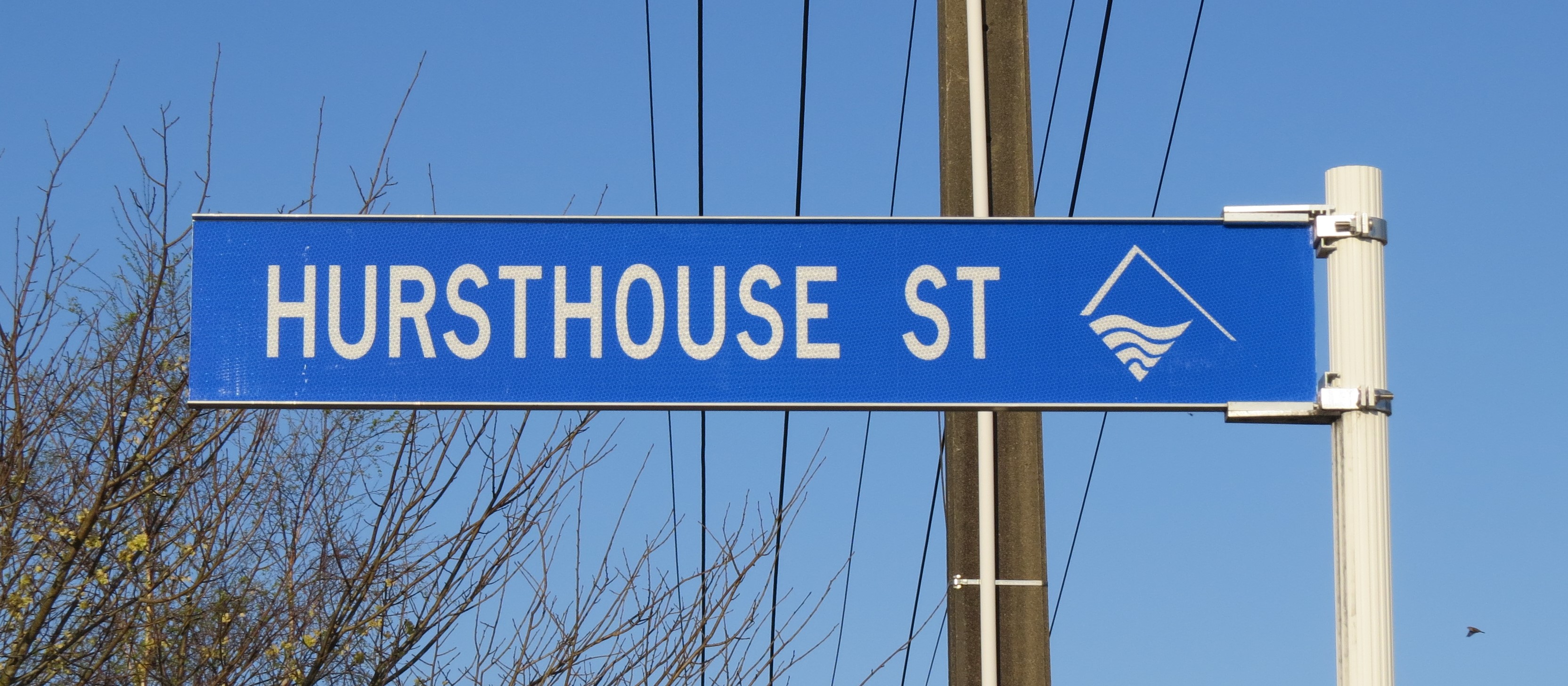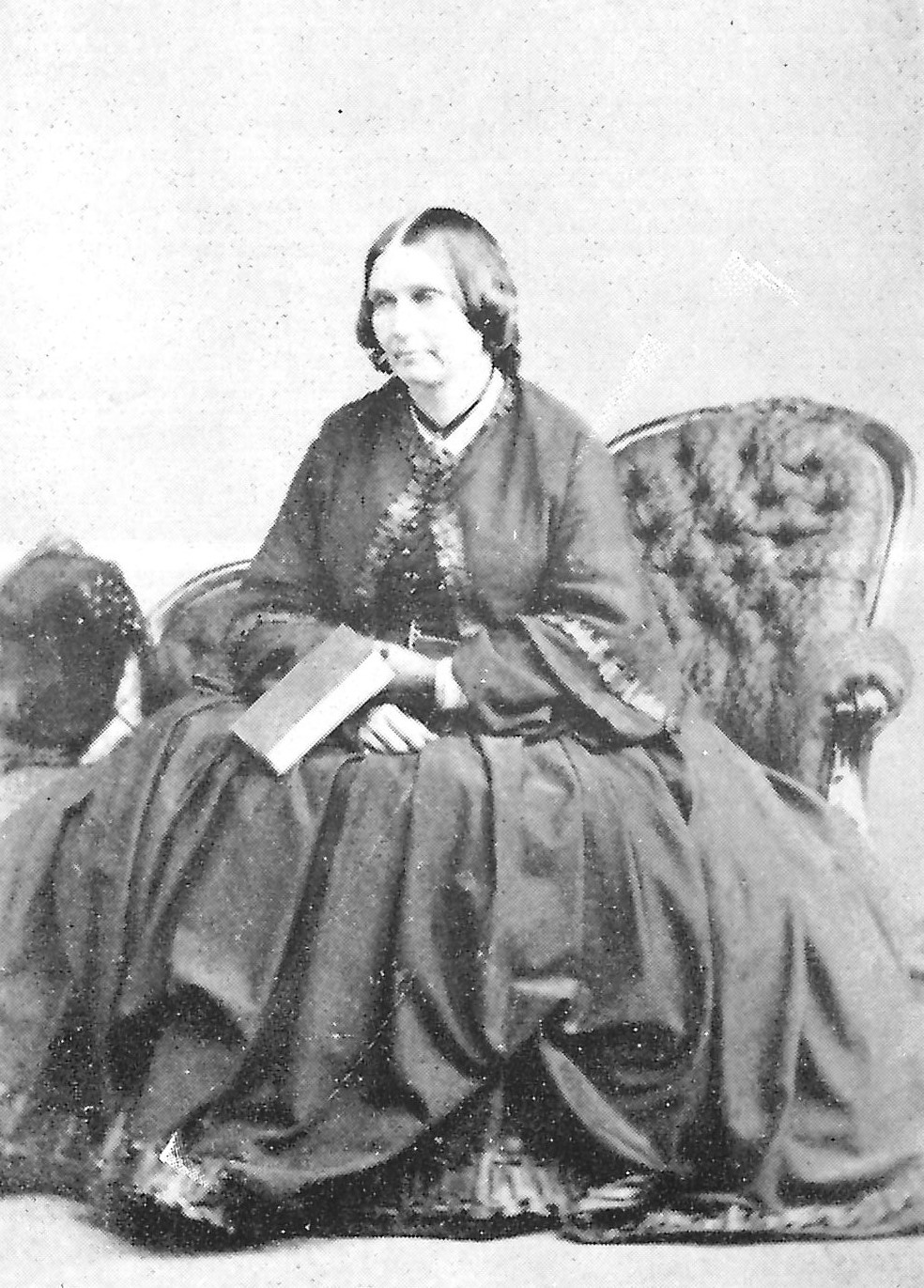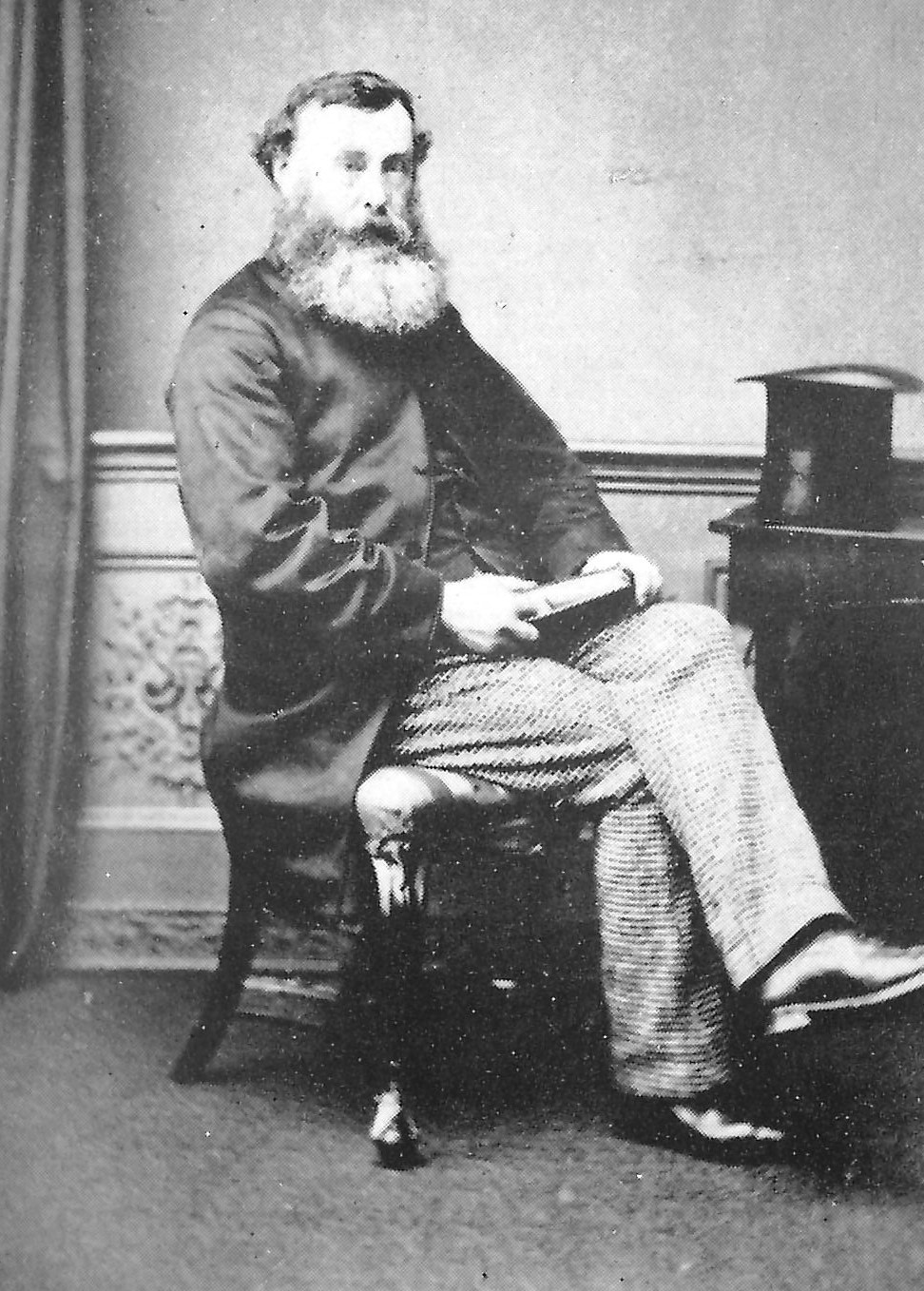





Hursthouse Street runs off Huatoki Street near Vogeltown School. It was formed in 1920 and named after John and Charles Hursthouse who came to New Zealand from England on the ship Thomas Sparks in 1843.
The brothers grew up in Cambridgeshire, two of nine children born to Charles Hursthouse (1781-1854) and Mary Hursthouse (nee Jecks) (1785-1829). John was born on 2 June 1811 and trained as a solicitor. He married Helen Wilson (1803-1895), his sisters’ governess, in 1837 and they went on to have five children.
Charles Flinders Hursthouse was born on 7 January 1817 and never married. A carpenter by trade, following the collapse of their father’s timber merchant business, it was Charles who encouraged his brother, and later other family members, to emigrate to New Zealand. He believed the Wakefield system of colonisation to be superior to Canada or the United States and winters in Aotearoa less harsh.
The Thomas Sparks left London in July 1842 but was forced to dock at the Cape of Good Hope for weeks in order to undergo repairs, meaning their voyage took a punishing six months. A diary kept by John whilst on board describes seasickness, “horrid” food, fleas, bad smells and quarrels between both passengers and crew. The Hursthouses – bachelor Charles plus John and Helen with three toddlers in tow – finally arrived in Wellington in January 1843, making their way to New Plymouth several months later.
As well as farming on Carrington Road, John worked as an auctioneer and land agent and was appointed a trustee for the New Plymouth Savings Bank (now TSB). Unfortunately he was also an alcoholic and an abusive husband. Helen was evacuated to Nelson during the First Taranaki War in 1860, writing to John in May that "I told you I would forgive you… [but] I never will live with you again unless you give up all spirituous liquors." Unable to do so, John Hursthouse drank himself to death on 17 November 1860 and is buried in Hurdon Cemetery.
Charles Flinders returned to England in 1848 where he wrote several books promoting New Zealand, including An account of the Settlement of New Plymouth and New Zealand, or Zealandia, the Britain of the South. He also gave lectures on behalf of the New Zealand Company and advised prospective emigrants for a fee. The Taranaki Provincial Council passed a resolution in May 1869 thanking Charles for the "deep interest which he has taken in the welfare of New Zealand".
Charles came back to Taranaki in 1870 – describing it as the “beautiful little Cinderella of New Zealand settlements” – but had a mental breakdown and died at the Mount View Lunatic Asylum in Wellington on 22 November 1876. He is buried at Bolton Street Cemetery.
This story was originally published in the Taranaki Daily News.
Hursthouse Road (Tārurutangi)
LinkPlease do not reproduce these images without permission from Puke Ariki.
Contact us for more information or you can order images online here.